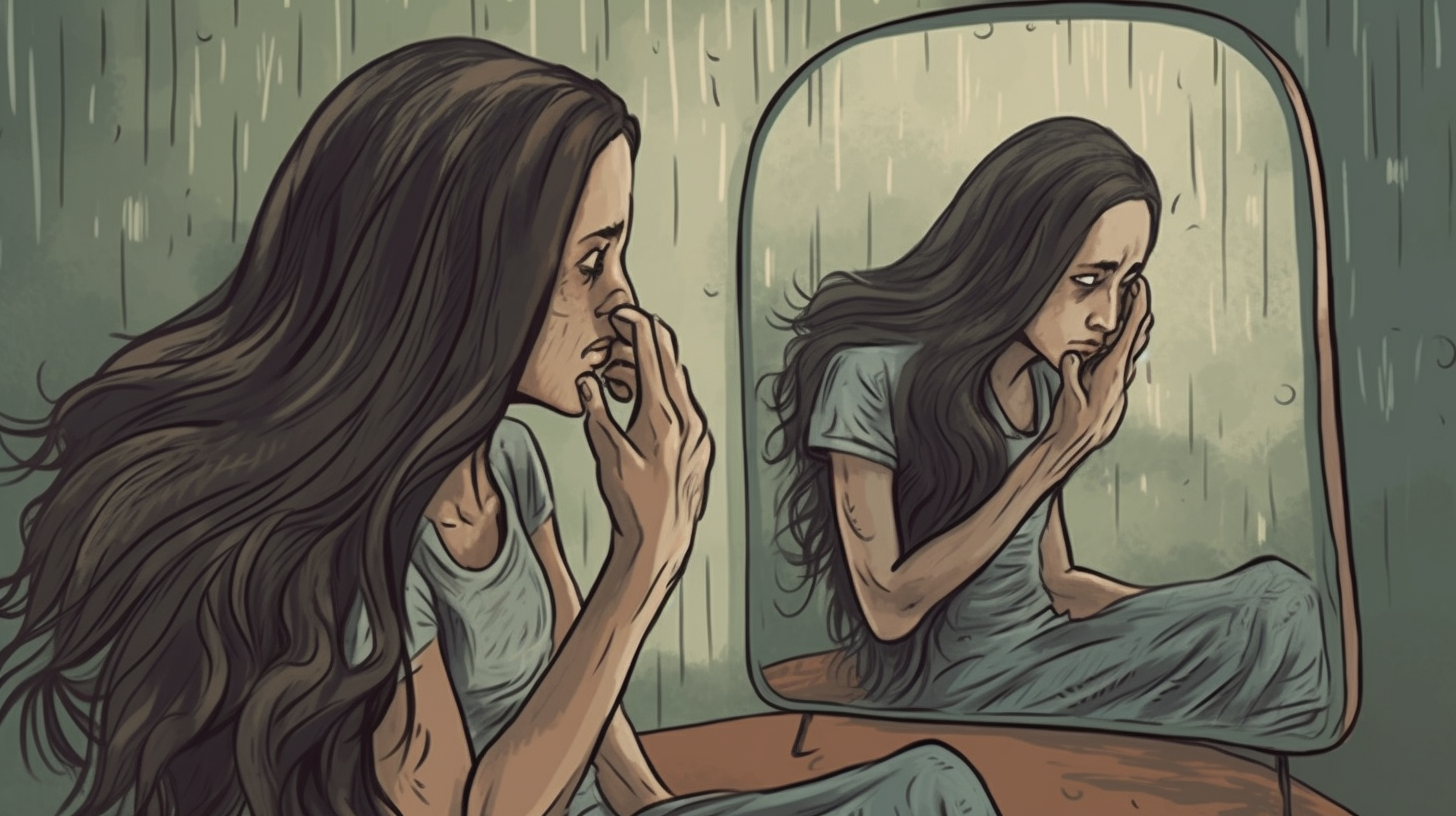How Long Does it Take for Hair to Grow Back After Hair Loss? A Comprehensive Guide
For many individuals, hair loss can be a frustrating and emotional experience. Whether it’s due to genetics, medical conditions, or other reasons, losing one’s hair can be a blow to one’s self-esteem and confidence. However, the good news is that in most cases, hair loss is not permanent, and with the right treatment and care, it is possible to regrow your hair.
The Hair Growth Cycle
Before we dive into the topic of how long it takes for hair to grow back after hair loss, it’s essential to understand the hair growth cycle. The human scalp contains around 100,000 hair follicles. Each of these follicles goes through three stages of growth:
- Anagen (growth phase)
- Catagen (transitional phase)
- Telogen (resting phase)
The anagen phase is where new hair grows from the root and lasts for about two to six years. The catagen phase lasts for about two weeks and marks the end of the growth phase. Finally, during the telogen phase, which lasts for about three months, the hair falls out and sheds.
The Different Types of Hair Loss
There are several types of hair loss that individuals may experience at some point in their lives:
- Androgenetic Alopecia: Also known as male or female pattern baldness, this type of hair loss is due to genetics.
- Alopecia Areata: This autoimmune disorder causes patchy areas of baldness on the scalp or other parts of the body.
- Traction Alopecia: This type of hair loss results from tight hairstyles that pull on the scalp.
- Telogen Effluvium: This type of hair loss is due to stress, medication, or hormonal changes and results in hair shedding all over the scalp.
- Anagen Effluvium: This type of hair loss is due to chemotherapy and results in rapid hair loss.
The Factors That Influence Hair Growth
Several factors can influence hair growth, including:
- Age: Hair growth slows down as we age, and the anagen phase becomes shorter.
- Gender: Men typically experience more hair loss than women due to higher levels of DHT (dihydrotestosterone).
- Nutrition: A balanced diet that includes protein, iron, and vitamins can promote healthy hair growth.
- Stress: High levels of stress can disrupt the normal hair growth cycle and cause hair loss.
- Hormonal changes: Hormonal imbalances caused by pregnancy, menopause, or thyroid conditions can lead to hair loss.
The Average Rate of Hair Growth
The average rate of hair growth is about half an inch per month or six inches per year. However, this rate may vary depending on several factors such as age, genetics, and overall health. It’s also important to note that not all hairs on the scalp grow at the same rate. Some hairs may grow faster than others, resulting in different lengths on the scalp.
The Timeline for Regaining Full Hair After Hair Loss
The timeline for regaining full hair after hair loss varies depending on several factors such as the type of hair loss and the treatment used. In some cases, it may take several months or even years to regrow your hair fully. Here’s a breakdown of the timeline for regaining full hair after different types of hair loss:
- Androgenetic Alopecia: It may take up to six months to see any visible improvement and up to two years to regain full hair.
- Alopecia Areata: In mild cases, hair may regrow within a few months. However, in severe cases, it may take several years for the hair to regrow fully.
- Traction Alopecia: If caught early, hair may regrow within six months. However, if left untreated, it can lead to permanent hair loss.
- Telogen Effluvium: Hair usually regrows within six months after the underlying cause is addressed.
- Anagen Effluvium: Hair usually regrows within three to six months after chemotherapy treatment ends.
The Best Ways to Promote Hair Regrowth
While there’s no guaranteed way to promote hair regrowth, there are several methods that can help:
- Hair Products: Using shampoos and conditioners that contain biotin, keratin, or other essential vitamins and minerals can help promote healthy hair growth.
- Hair Supplements: Taking supplements such as biotin, vitamin D, and iron can also help promote healthy hair growth.
- Hair Restoration: Hair restoration methods such as hair transplant surgery or scalp micropigmentation can also help restore your hairline and promote hair growth.
- Scalp Health: Maintaining a healthy scalp by keeping it clean and moisturized can also help promote healthy hair growth. Scalp massages can also improve blood circulation and stimulate hair follicles.
Conclusion
While experiencing hair loss can be a challenging experience, the good news is that in most cases, it’s not permanent. With the right treatment and care, it’s possible to regrow your hair and restore your confidence. Understanding the hair growth cycle, the different types of hair loss, and the factors that influence hair growth can help you make informed decisions about your hair restoration journey. Remember to consult with a healthcare professional or a hair restoration specialist before trying any new treatments or methods.



